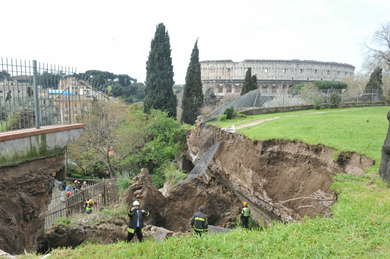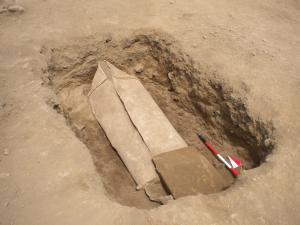Situation 'of extreme alarm', commissioner says
© ANSA
Rome - Part of the ceiling of Roman Emperor Nero's Domus Aurea collapsed on Tuesday.
Some 60 square meters of the baths built on top of the Golden House by the emperor who succeeded Nero, Trajan, came down because of seepage from recent heavy rains, civil protection experts said.
The area where the collapse occurred, a tunnel that was once part of the baths, has been cordoned off because it is close to the entrance to public gardens above it, they said.
"Now we're trying to seal it off so no more rain will get into the hole," they said. Rome Mayor Gianni Alemanno said he was "very worried" about the state of the structure, one of Rome's most celebrated tourist attractions.
The special commissioner for the site, Luciano Marchetti, said "more collapses were possible". The situation, he said, is "one of extreme alarm".


Comment: For an in-depth study, read Laura Knight-Jadczyk's Meteorites, Asteroids, and Comets: Damages, Disasters, Injuries, Deaths, and Very Close Calls.